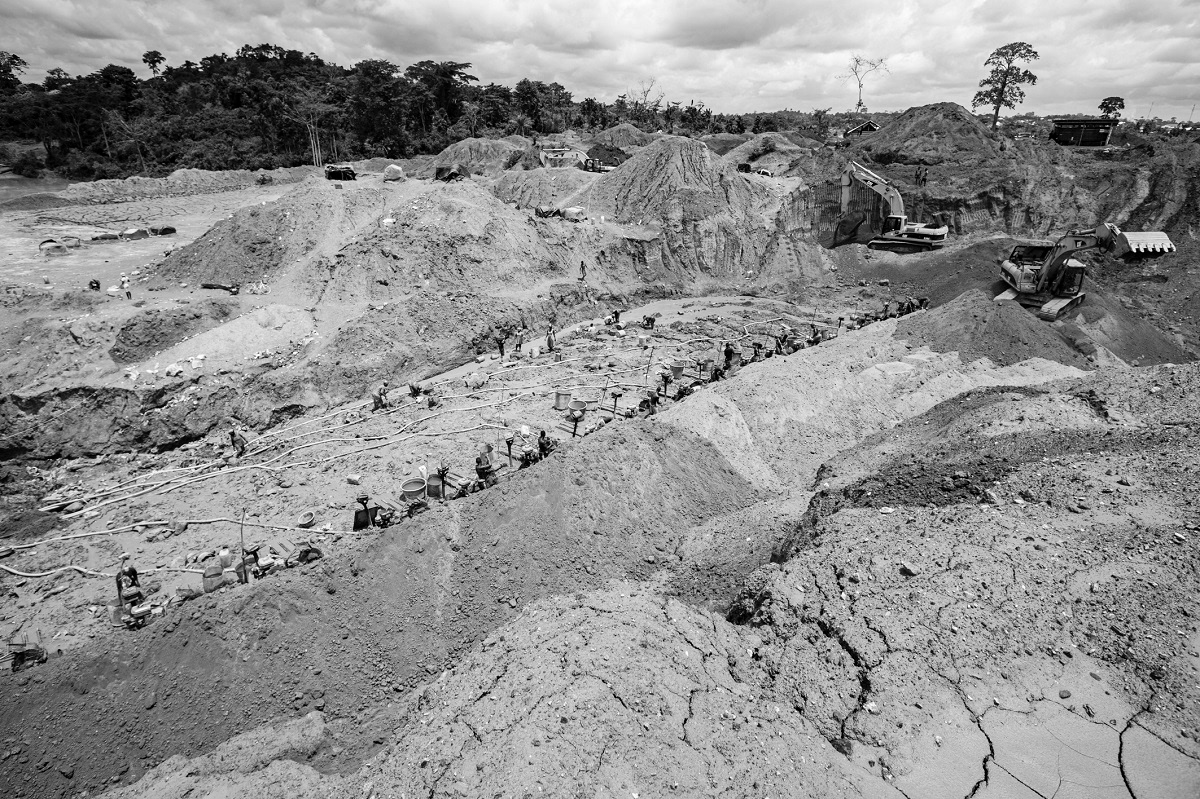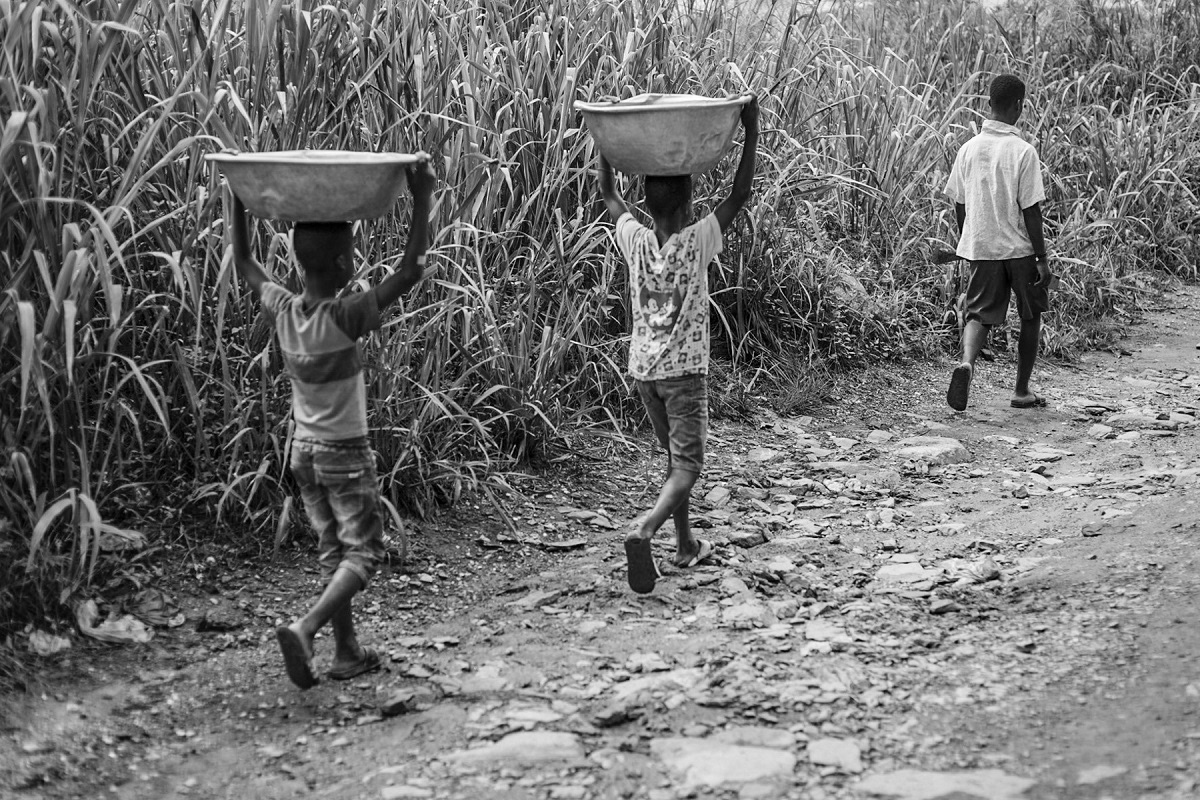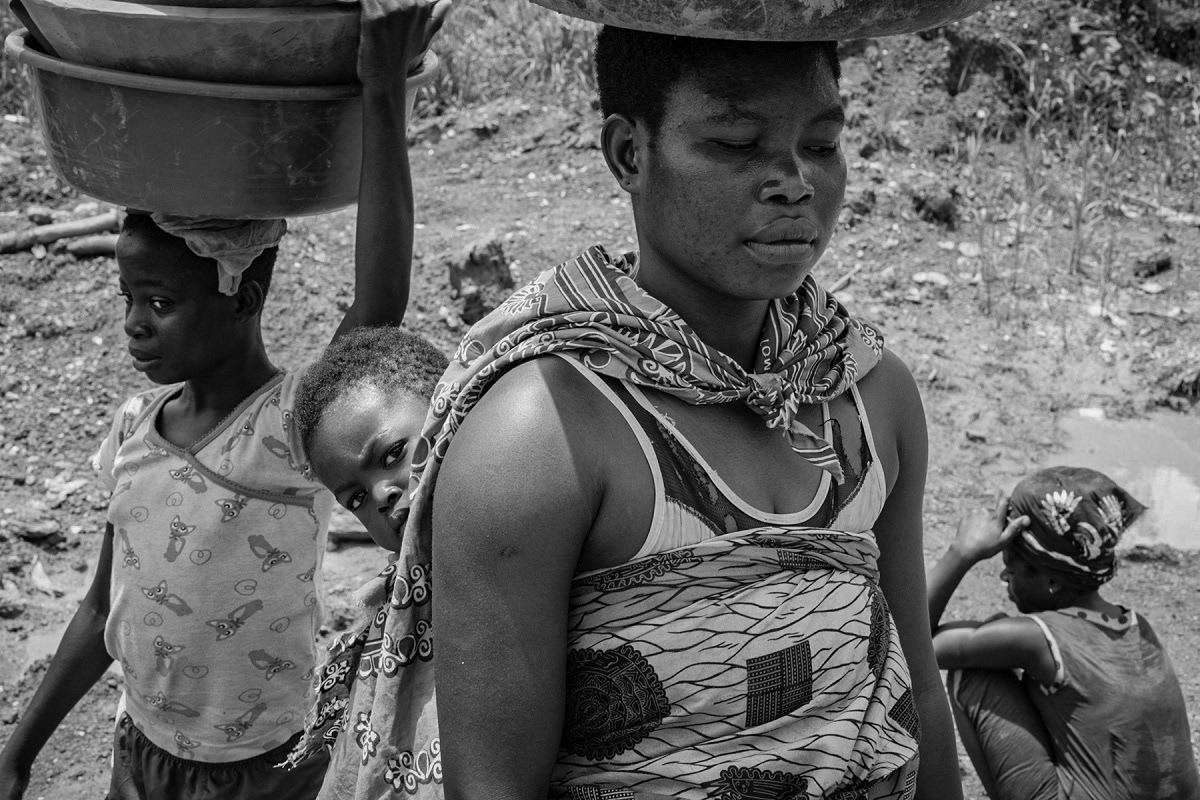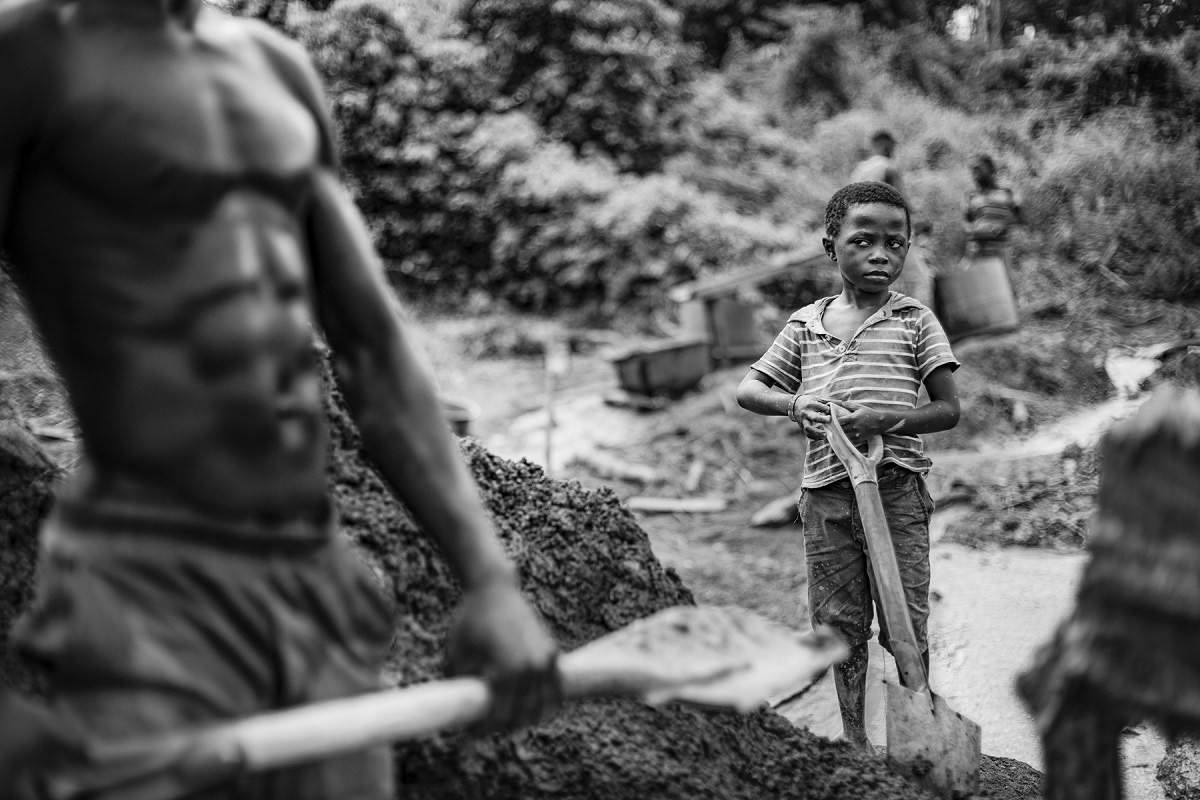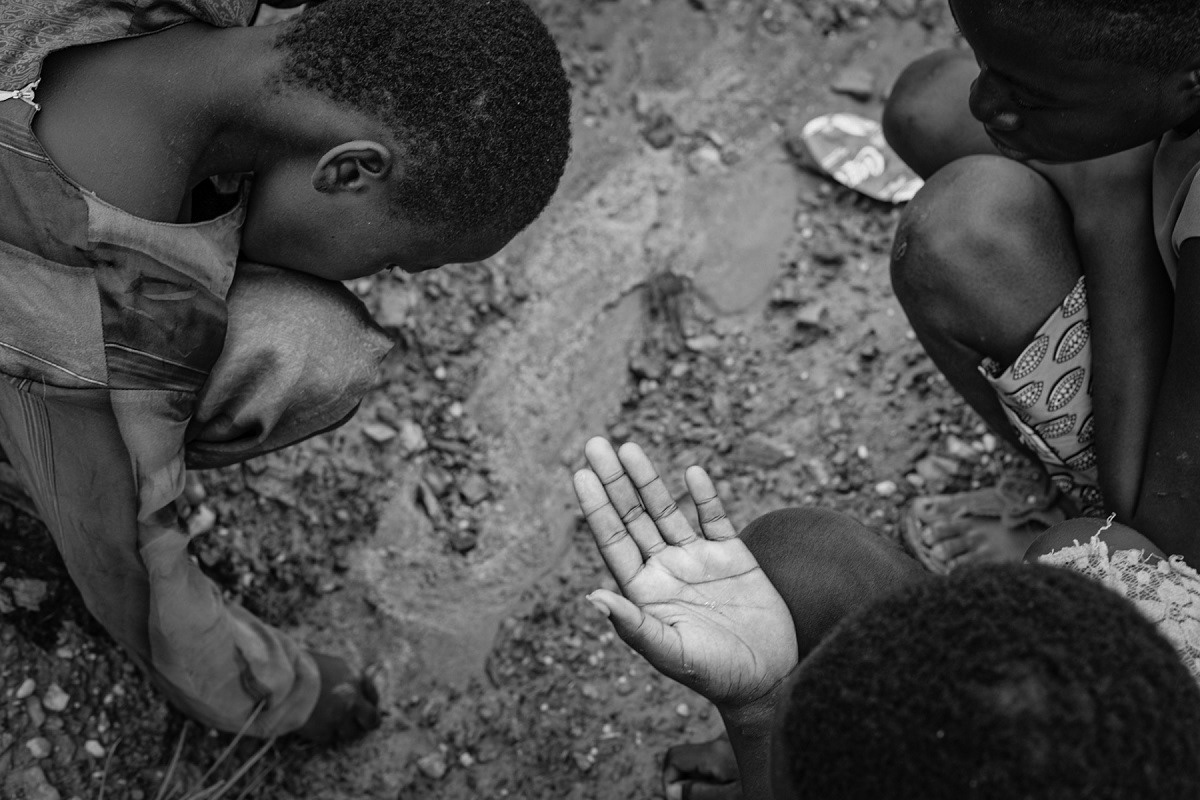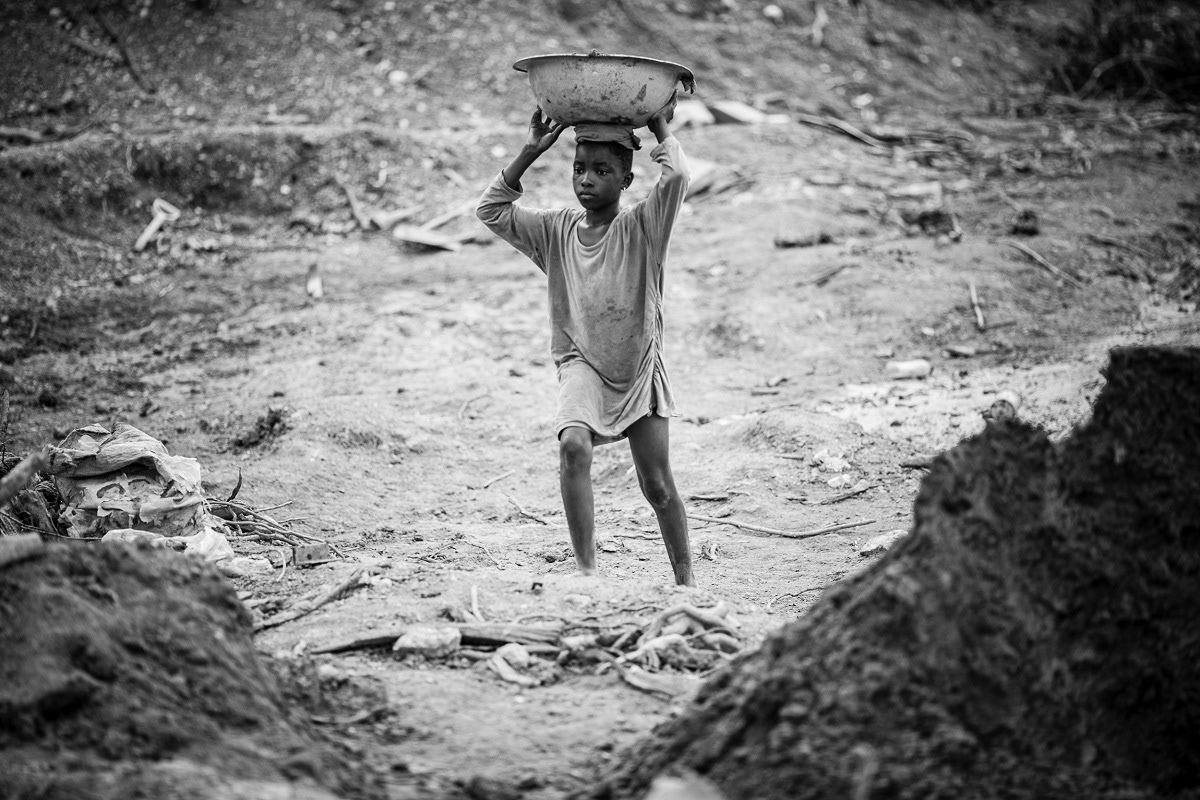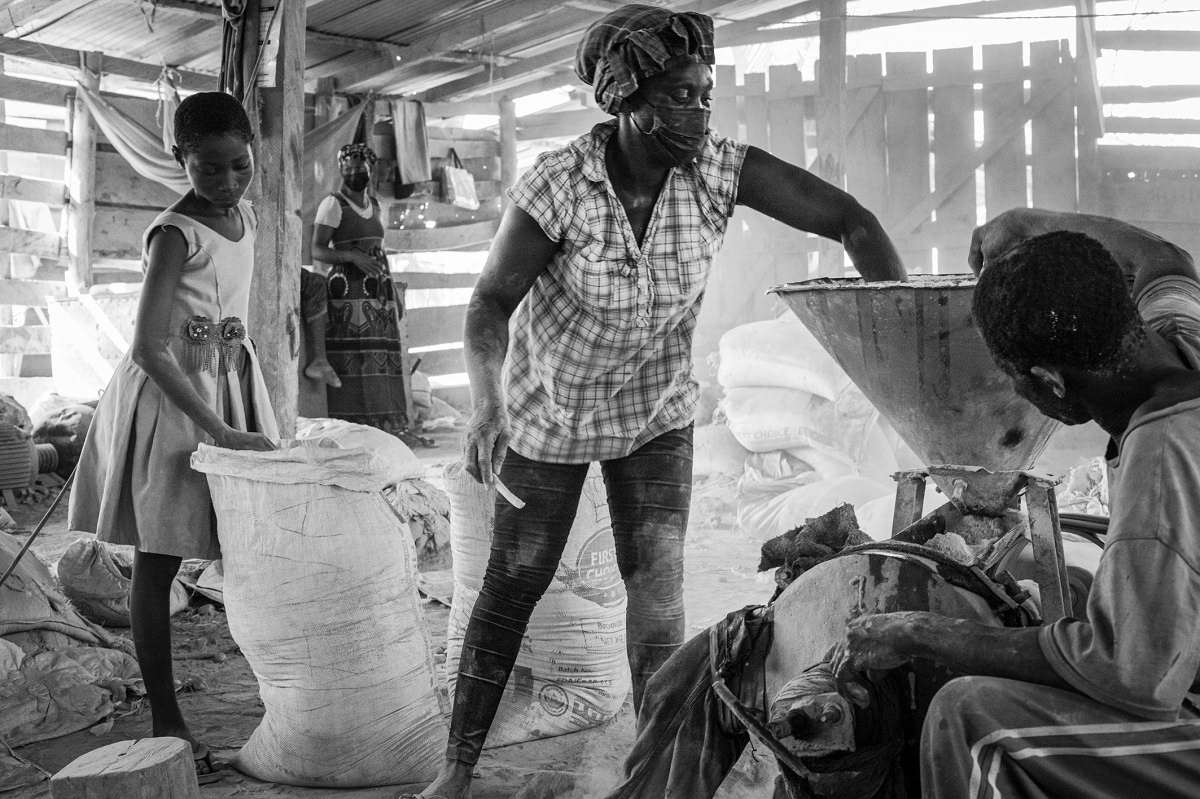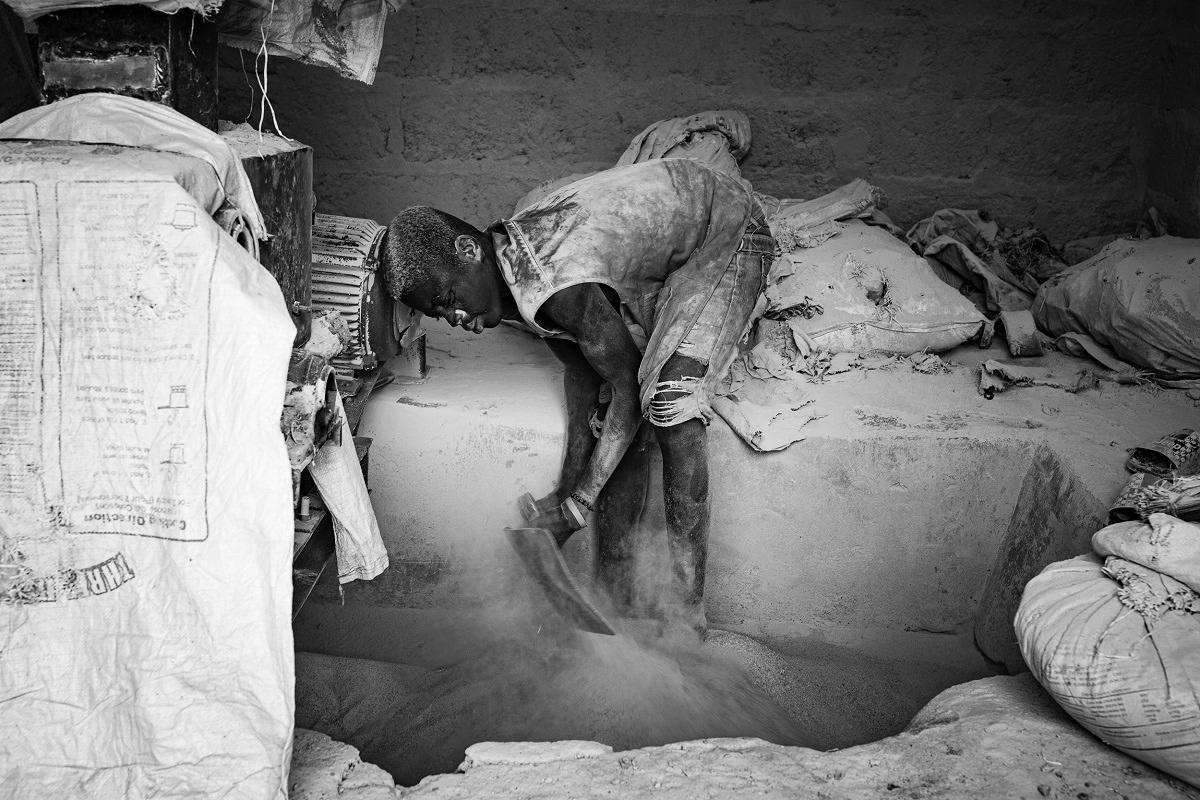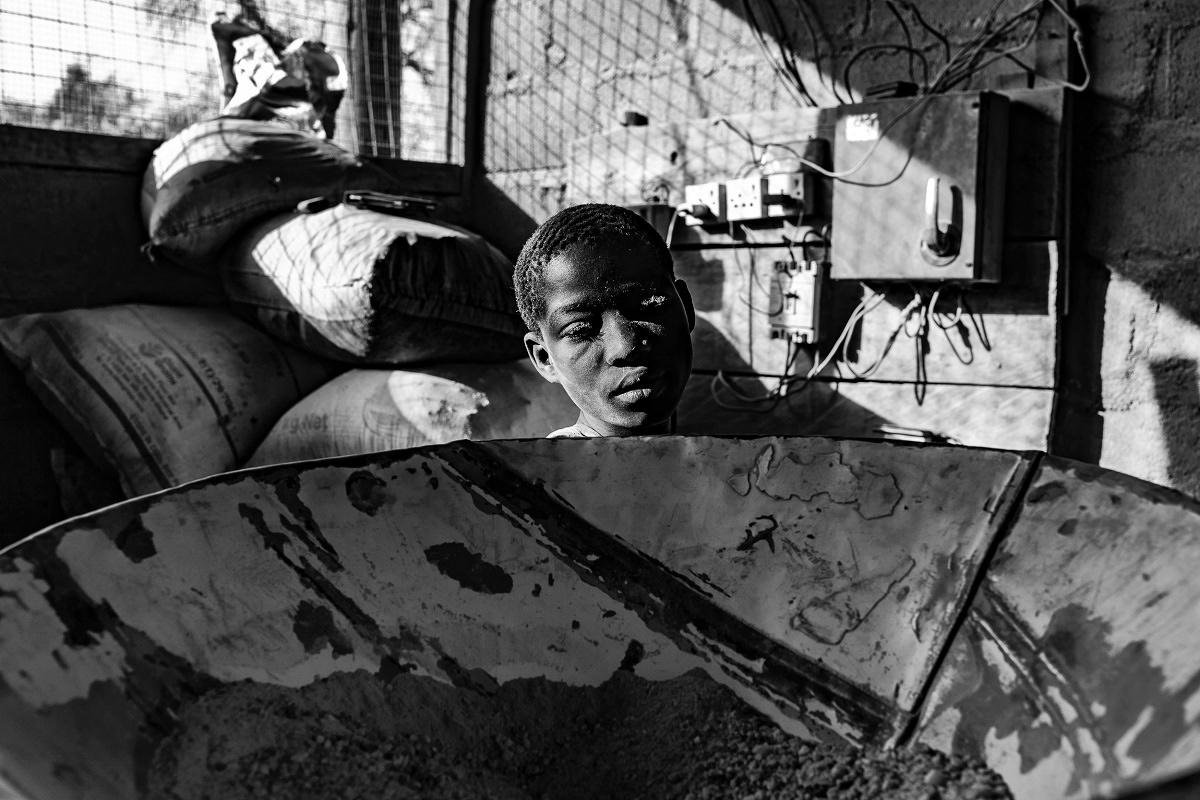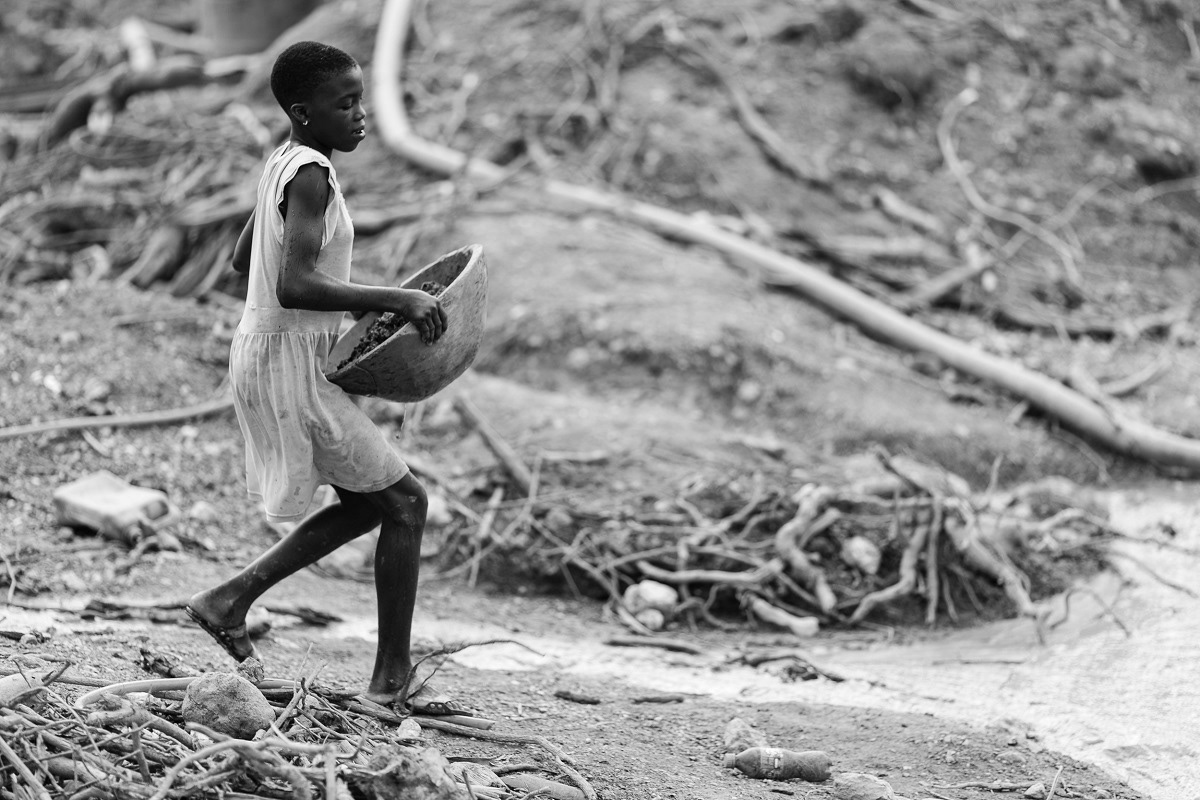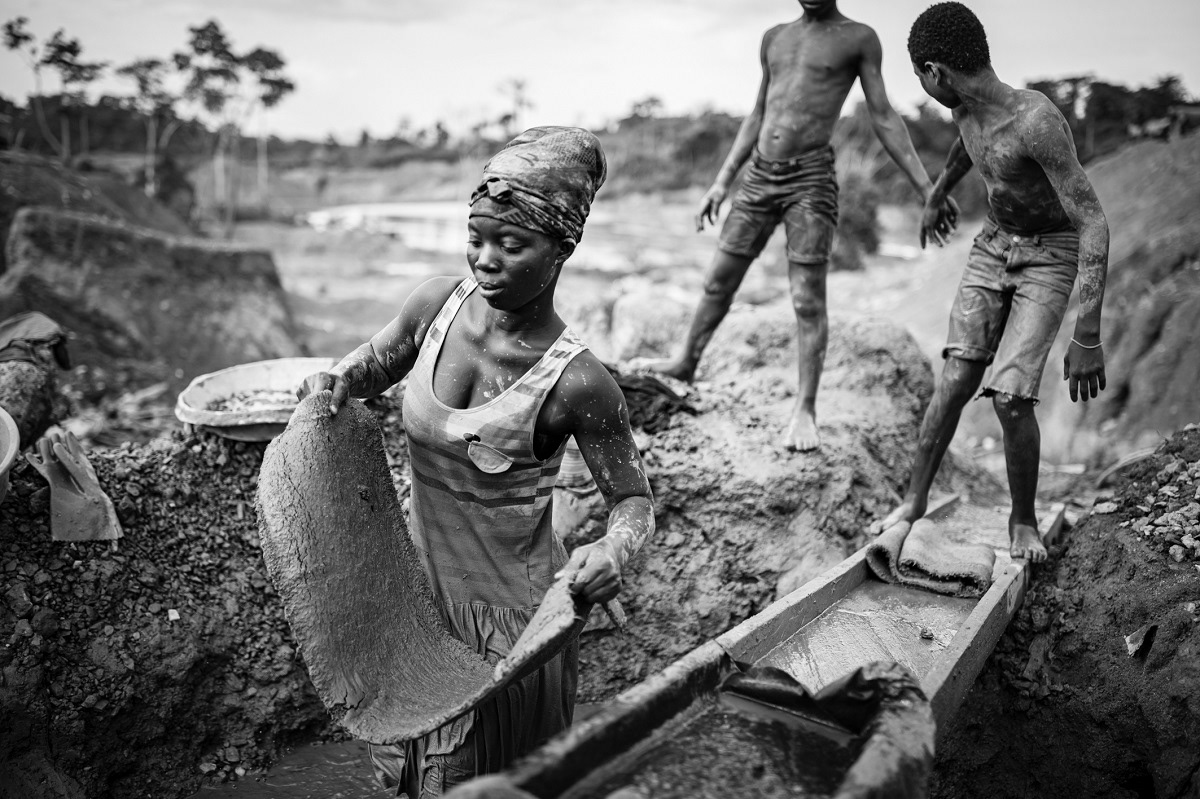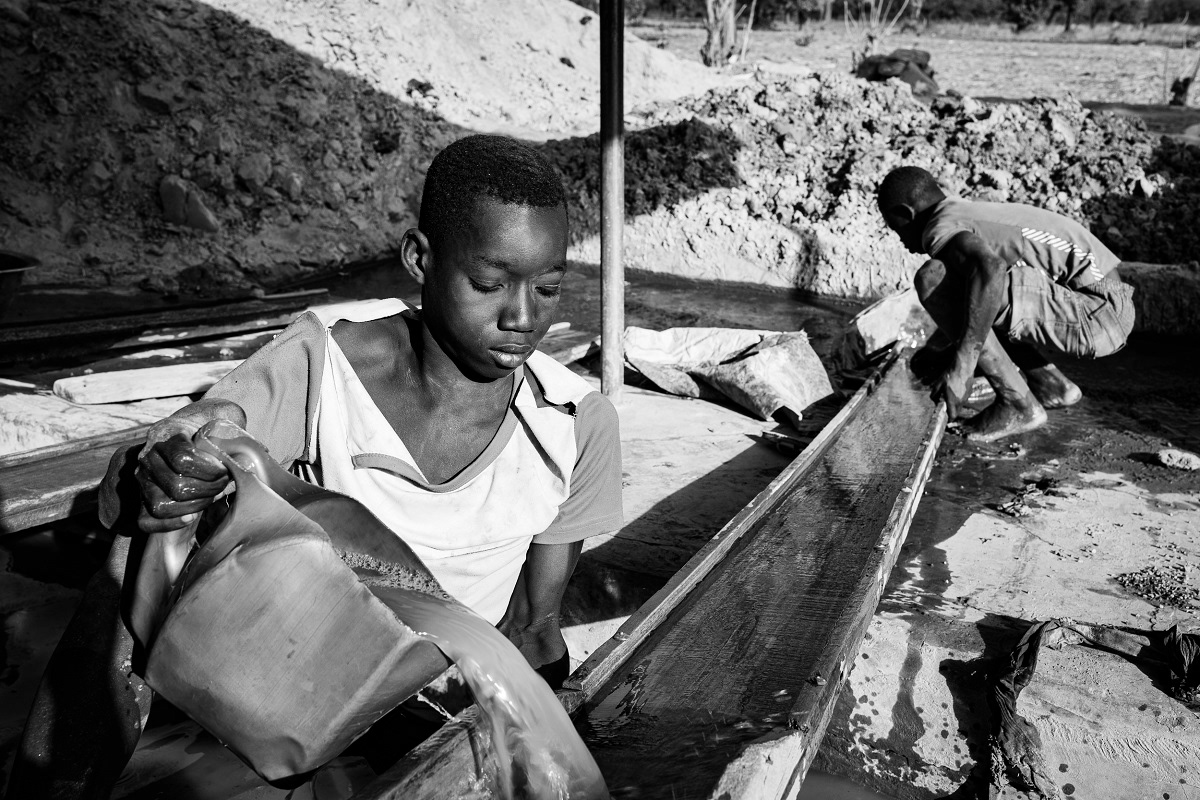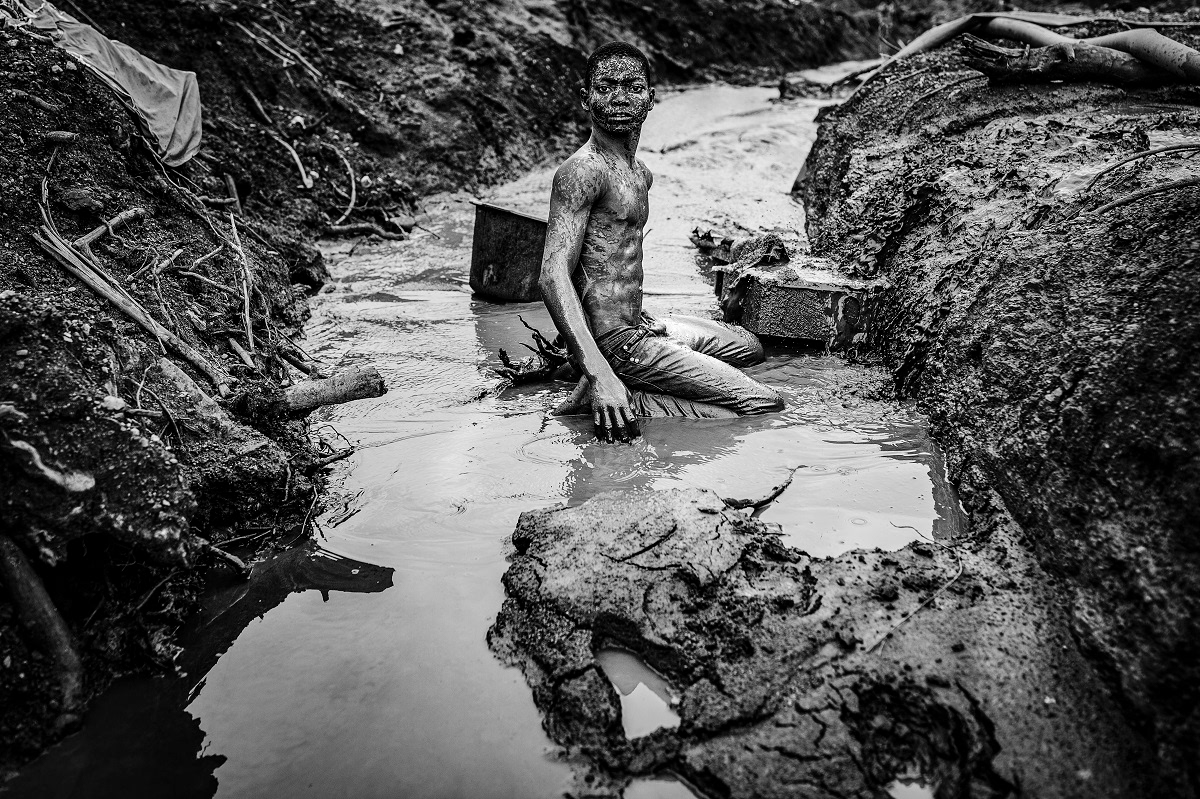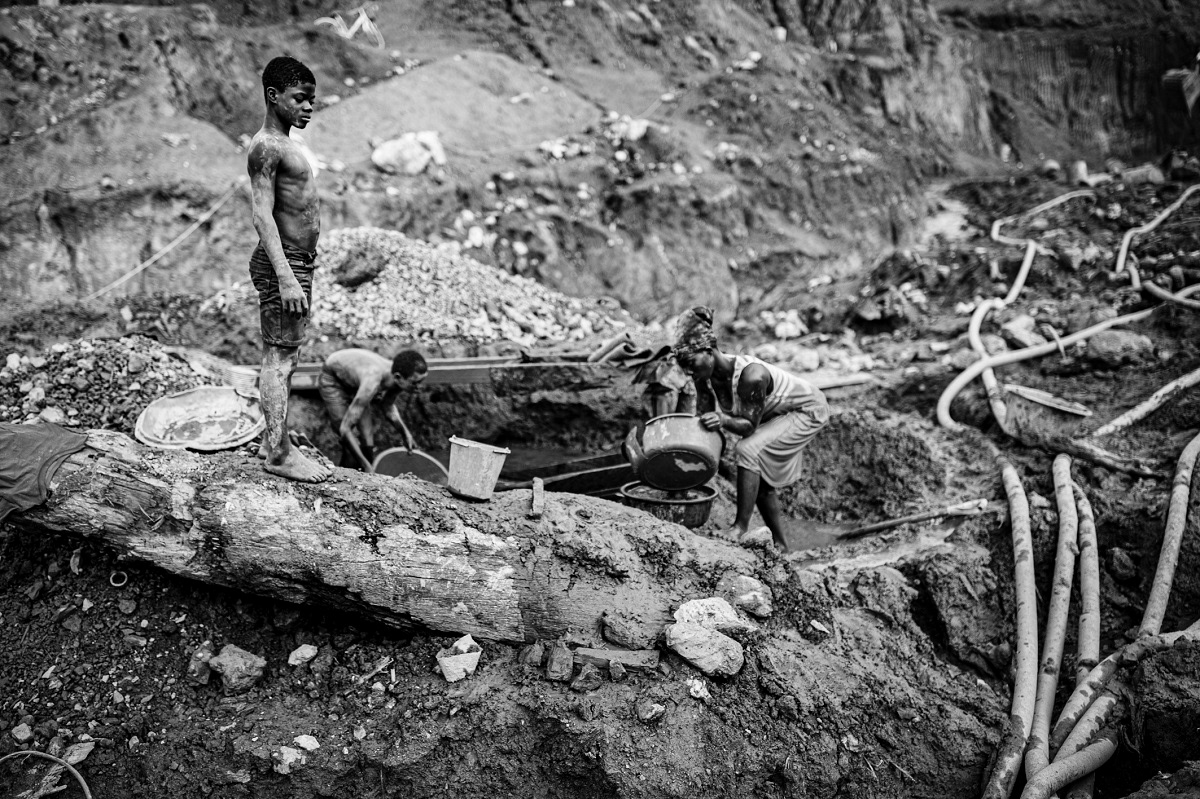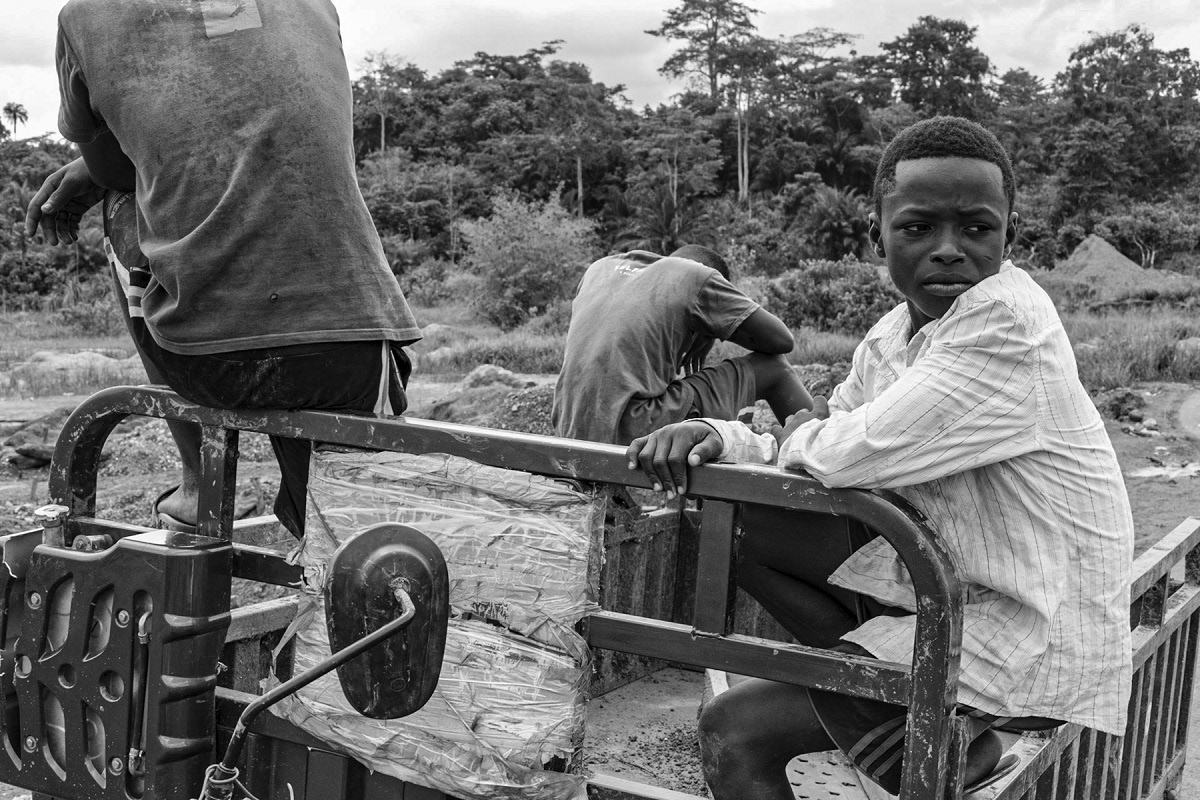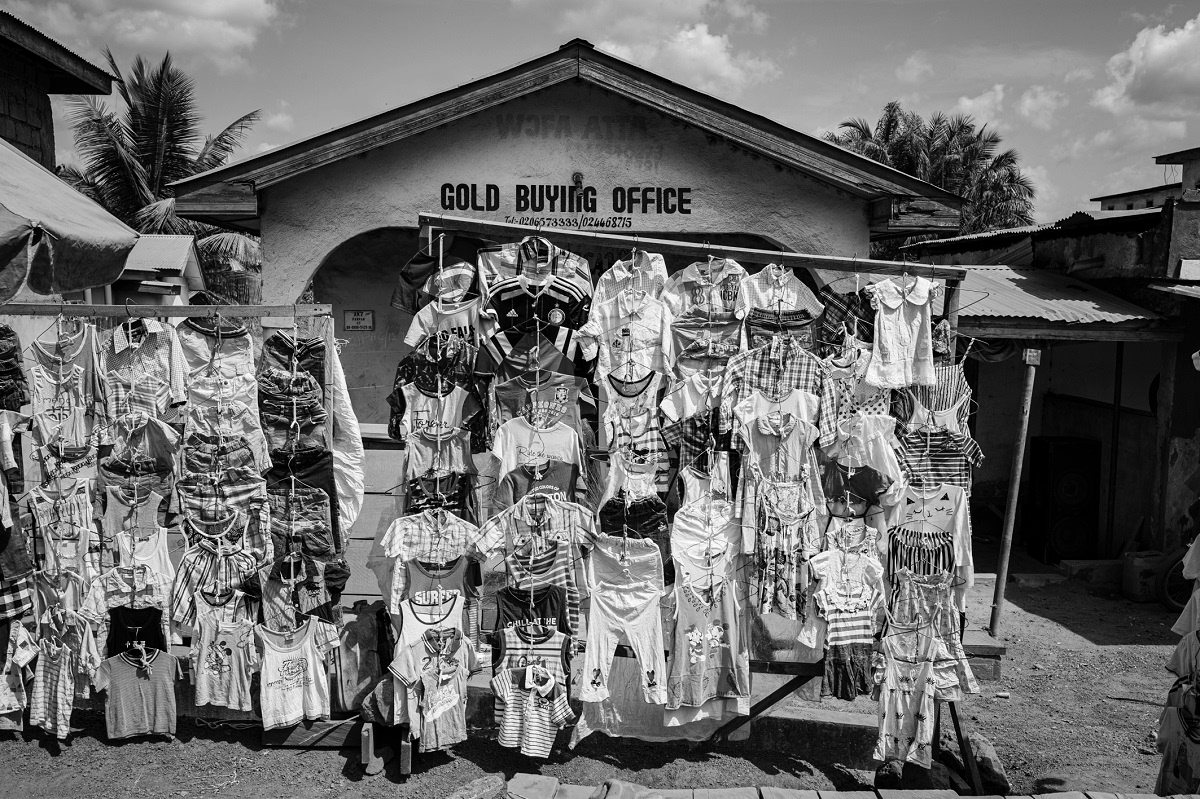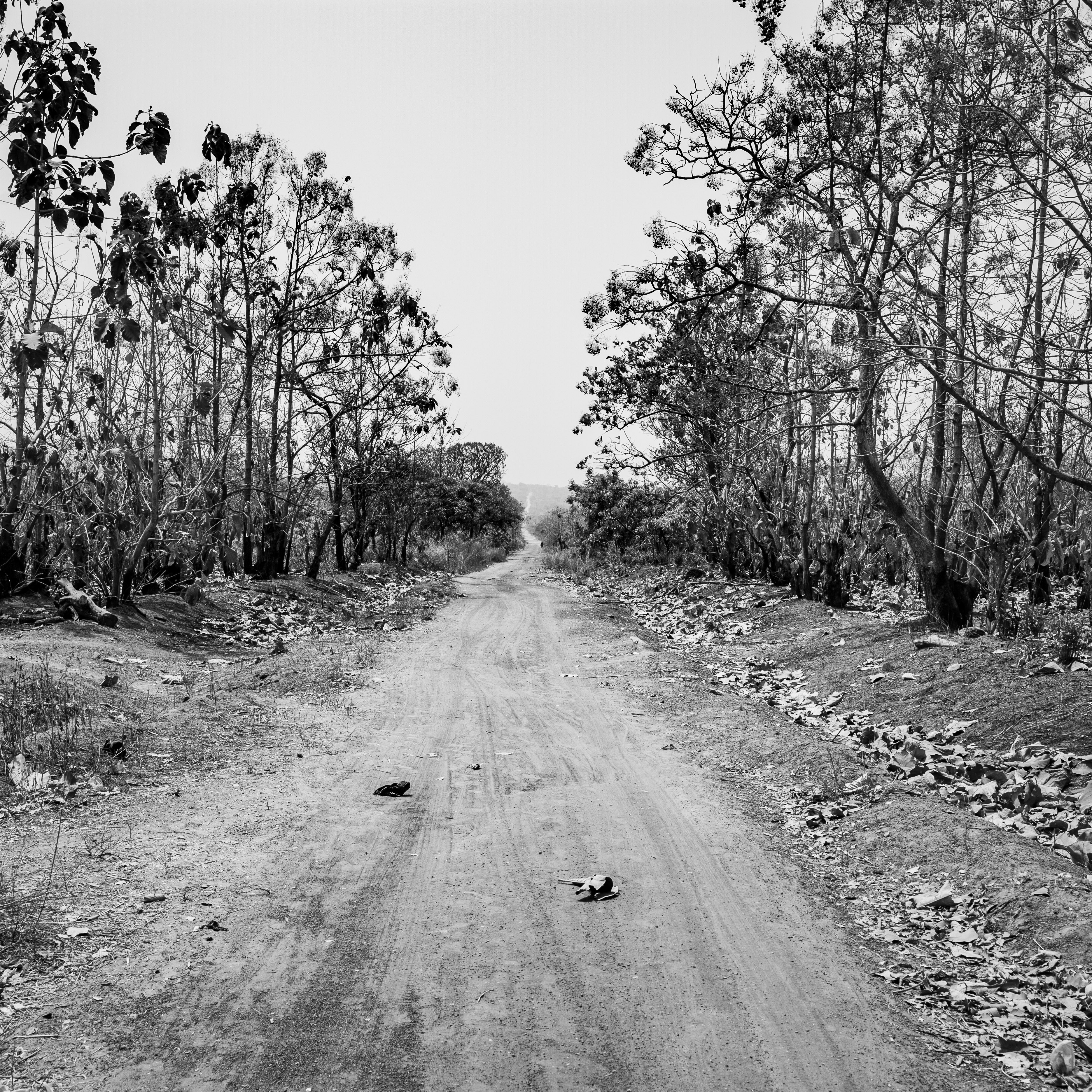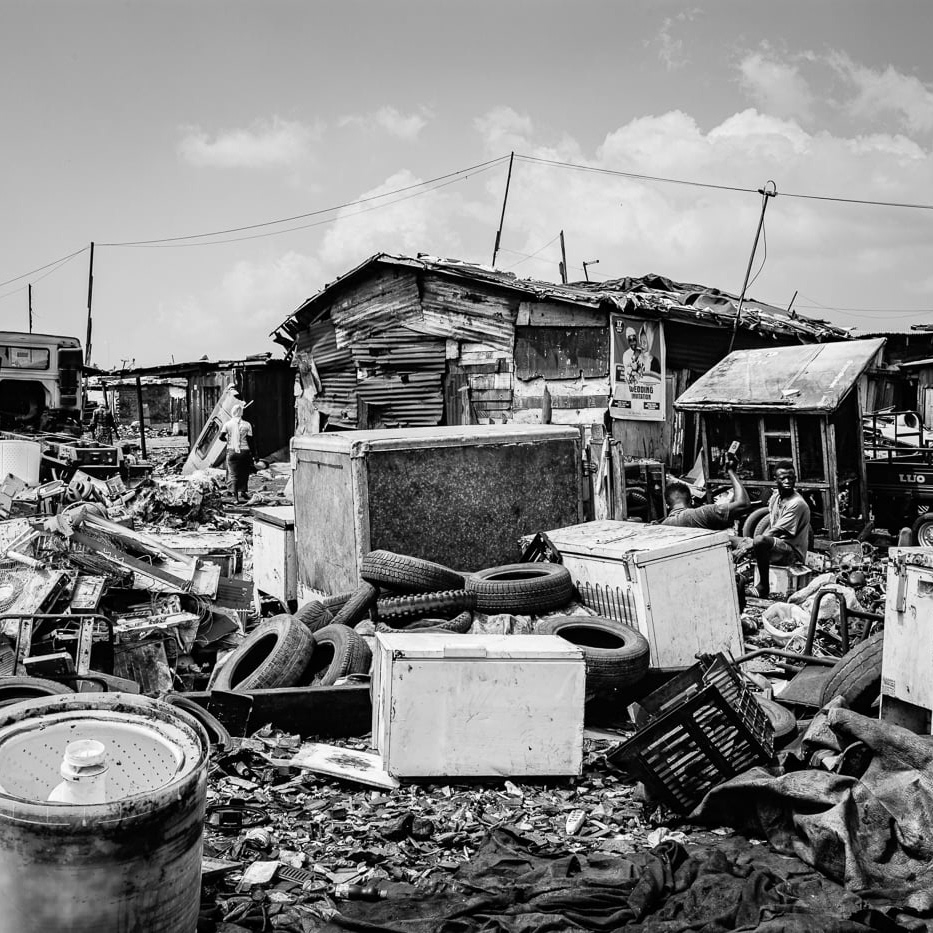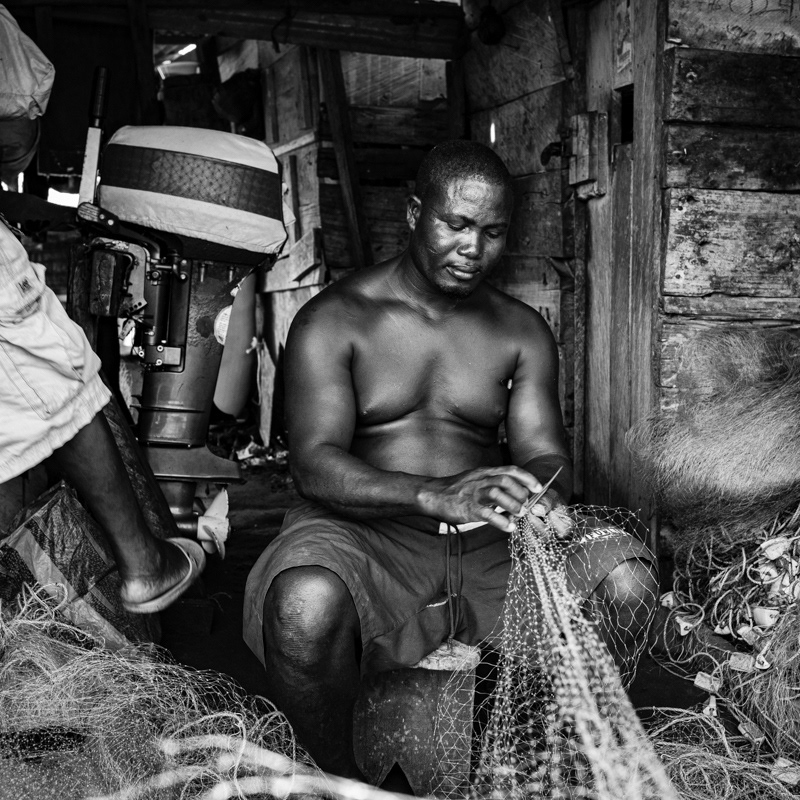Due to the illicit and temporal nature of galamsey, illegal gold minings in Ghana, there is limited verifiable data on persons participating in the sector. It is estimated that over 1 million informal jobs are created by the artisanal and small scale gold mining(ASGM) sector and supporting supply chain activities, translating to a direct contribution dozens of thousands of children.
Foreign national companies own the vast majority of Ghana’s gold wealth, but almost a third of the multi-billion-dollar industry is produced by indigenous ASGM.
Ghanaian youth suffer the traumatic exploits of ASGM. The International Labour Organization identifies the mining industry as “extremely hazardous,” and for children, the impacts are detrimental on their physiological and social health and development.
ASGM principally engages children who are paid minimally or not paid at all. ASGM is a labor extensive method which exposes children to violent explosions, rock fall, tunnel collapse and environmental contamination. Children perform low-skilled, dangerous tasks such as, shoveling, crushing, carrying and washing ore, amalgamating ore with mercury and burning the amalgam. In general, mine owners and their affiliates, attested to strict adherence to Constitutional mandates regarding children in hazardous occupations and forced labour.
Adult miners utilize children as mules to transport heavy loads of ore on
their heads and backs, from the river banks to processing sites. Carrying heavy loads stresses spinal growth plates, and pinches the spinal cord, causing catastrophic injuries such as fracture, dislocation, and even death. For young girls, the heavy loads stunt pelvic bone development leading to pregnancy complications. In addition to the risks directly associated with dangerous extractive methods, girls endure sexual harassment, sexual exploitation, defilement, and rape. The general informality of the sector feeds criminality; the abuse is compounded by transient migrant workers that track mineral rich areas.
According to The Ministry of Lands and Natural Resources in Ghana only in 2019 around $9 billion worth of gold exports remained unaccounted, being smuggled to the major importer countries like India, United Arab Emirates and Switzerland, landed in banks, high profile electronic devices or as a jewellery, most of this gold is from galamsey where children are forced to work.
Foreign national companies own the vast majority of Ghana’s gold wealth, but almost a third of the multi-billion-dollar industry is produced by indigenous ASGM.
Ghanaian youth suffer the traumatic exploits of ASGM. The International Labour Organization identifies the mining industry as “extremely hazardous,” and for children, the impacts are detrimental on their physiological and social health and development.
ASGM principally engages children who are paid minimally or not paid at all. ASGM is a labor extensive method which exposes children to violent explosions, rock fall, tunnel collapse and environmental contamination. Children perform low-skilled, dangerous tasks such as, shoveling, crushing, carrying and washing ore, amalgamating ore with mercury and burning the amalgam. In general, mine owners and their affiliates, attested to strict adherence to Constitutional mandates regarding children in hazardous occupations and forced labour.
Adult miners utilize children as mules to transport heavy loads of ore on
their heads and backs, from the river banks to processing sites. Carrying heavy loads stresses spinal growth plates, and pinches the spinal cord, causing catastrophic injuries such as fracture, dislocation, and even death. For young girls, the heavy loads stunt pelvic bone development leading to pregnancy complications. In addition to the risks directly associated with dangerous extractive methods, girls endure sexual harassment, sexual exploitation, defilement, and rape. The general informality of the sector feeds criminality; the abuse is compounded by transient migrant workers that track mineral rich areas.
According to The Ministry of Lands and Natural Resources in Ghana only in 2019 around $9 billion worth of gold exports remained unaccounted, being smuggled to the major importer countries like India, United Arab Emirates and Switzerland, landed in banks, high profile electronic devices or as a jewellery, most of this gold is from galamsey where children are forced to work.
